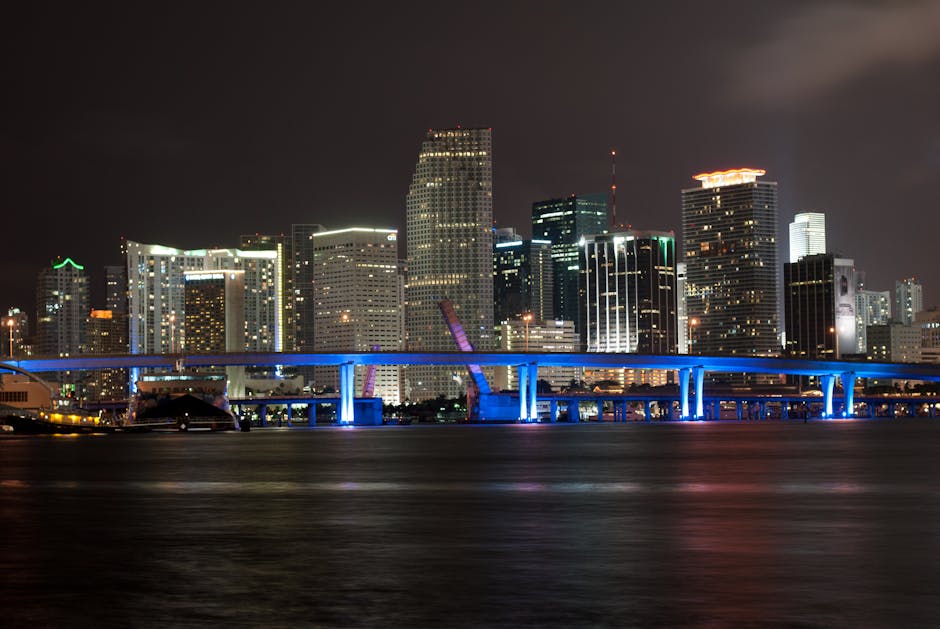Creating a Content Marketing Strategy
Content marketing is definitely a lesser known marketing avenue than it's bigger, more popular cousins, social media marketing and digital marketing.
But that's not to say that successful content marketing is some kind of miracle cure. It takes a lot of time, effort and dedication to get it working the way you want it to, but it's sure as hell one of the best things you'll ever do for your business. So now let's take a look at why you need a content marketing strategy and how to build one that will take your company to the next level.
Hey, guys, it's Liv from Neighbourhood, where we help friends find cell and keep their people.
So first things first. Why content marketing? Well, people love content. Ask anyone for their favourite YouTube channel, podcast, Instagram account or blog, and you'll undoubtedly get a different answer every time. According to Ofcom, the average adult spends over three hours a day online with nearly two and a half hours on social media.
Internet users are constantly hunting for content to occupy that time, which is why content marketing is such a powerful tool. Not only that, the Internet is such a powerful front of knowledge because of content marketing. Think about it. If you've got a question, then your instinct is to, of course, head over to Google.
Let's say you're curious about what you should be feeding your new puppy.
You immediately get a snippet of the top result that gives you a quick answer.
But what many users don't always consider is that these top results are from companies that are trying to sell a product or service. For example, with this search, the RSPCA may be trying to sell pet insurance. So part of their marketing strategy is to create useful, authoritative content that gets their website in front of users to demonstrate their expertise. OK, so you decide to click on the first result from the RSPCA and it's got a ton of helpful information that helps you understand puppies nutritional needs.
Then one of two things happens. You close the tab and don't think about that website again.
But when it's time to insure your puppy and you begin comparing prices, RSPCA pet insurance stands out because it's a familiar name. Chances are you're more likely to choose it as a product because it's familiar or you see that this same website has advice on why it's important to clean your dog's teeth and what to do if your dog has a barking problem. You click on these links and carry on reading.
Before you know it, you've gone down an RSPCA sponsored rabbit hole that has taught you everything you need to know about your new puppy and probably the benefits of their pet insurance, too. So now you're more likely to buy their pet insurance product.
And that's why content marketing is so important. Sure, it's kind of a slow burn deal when you compare it to other marketing strategies like PPC, but it's definitely effective as a means to grow organic traffic and prove perceived quality and attention on search engines. But you can't really just go into content marketing with a wing it and see attitude.
While it's true that any content marketing is better than none within limits, just like everything in marketing, you need to have a plan and an overarching business goal.
Now let's look at types of content. There are a bunch of different content marketing strategies, most of which revolve around a different form of content. But if you're looking to learn content marketing fundamentals, then it's easy to get lost, wondering which type will work best for you. So let's look at the first one.
Audio - podcasts and audio books are great content marketing tools, if your buyer persona, doesn't typically have time to watch or read content, or if you don't have the capacity to execute on a written content creation process, whether that's because your audience spend a lot of time on the road, have an extremely busy schedule, or just don't like videos, audio content is a very efficient way to deliver content. Next up, video. YouTube, twitch, webinars and narrated slide decks, garner both traffic and engagement as a means to answer questions in a dynamic, visual way. Video content can range anywhere from a few minutes long to a few hours, depending on the subject. YouTube videos are typically under an hour long and webinars two hours or more.
Now let's talk visual content. Infographics, slideshows, checklists, social media graphics. The list really does go on with visual content. Graphic content like this isn't always considered a solo thing, particularly as things like swipeable graphic files can be considered lead magnets in their own right. But it's a great way to represent things like facts and statistics, in an easy to digest way.
And lastly, written. As far as examples of content go, it pays to get your author on! Blog posts, emails, quizzes, white papers, social media posts, captions and more; written content is the most easily recognisable in content marketing and it garners massive organic traffic for a reason. From in-depth guides to quick explainers, this format of content strategy is as old as the Internet itself, but it is worth mentioning that it's best suited to users who regularly have the time to read. As you might expect, if you're enjoying this video, be sure to subscribe and leave a like.
And if you want to make sure you hit that bell so you can stay up to date on all of our latest videos delivered every single week to your inbox.
OK, so now that you've got a rundown of the different content types, let's take a look at how to build a content marketing strategy that knocks your marketing goals out of the park and puts you on track for success. Step one, who's buying? Yep! Just like with your other marketing strategies, you need to know who your potential buyers are, who's going to be buying what you're selling.

But what content marketing tips often forget to tell you is that buyer personas aren't exactly the be all and end all of content marketing tactics. While there are going to be people reading your content because they're curious about what you do and what your product is, if you're only focussing on the people you know about, that's a huge chunk of your audience you're potentially missing out on addressing.
Step two, think about your goals. You can't start a journey without knowing where you're going. I mean, you can, but it's not ideal, is it?
So once you've figured out how your potential customers are and who's going to be reading or watching or listening to your content, you need to figure out what you want them to do. Of course, that's going to be buying your super awesome product or service.
But there are a few steps you need to take before you get to that point. You need to know why you're creating content far beyond just wanting money. Do you want to improve your lead generation so you email marketing and social media content starts to generate more revenue?
Do you want to increase organic traffic with optimised content marketing campaigns? Do you want to establish yourself as a thought leader in your industry and drive more profitable customer action? Do you want to advertise your products without feeling weird and spammy about buying advertising? No matter what your goals are, you need to get to grips with them now before you get started.
Step three - know where you're at.
Now you've got your goals and customers in mind, you need to know what you've got to work with. If you've already got a website set up for your business, then you need to run a content audit to see how the content you've already got is performing and how it stacks up to others in your industry. If you're planning on publishing content through social media, then it's also worth looking at all of your previous posts to see how well they've performed. Content audits might sound a bit scary, but they're surprisingly simple once you know what you're doing. The problem is that they're lengthy and they do result in a ton of data that you need to know how to action.
Step four - the format.
We're now starting to get a clearer picture of your content strategy, but there's still one major thing you need to decide on, and that's what format your content is going to take. Like I mentioned earlier, different formats have different benefits, and the one you choose needs to be tied in to what your audience wants. So if you run a business teaching newbie investors on how to build their stock portfolio, then chances are that a podcast would be the best option for your content marketing strategy.
Step five, the calendar.
OK, so now we've got a plan coming together. But you know what they say it's not official until it's in the calendar. It's OK that if right now you've not got any solid idea about what you want to talk about in your content, but you should at least get it plugged into a framework or a content calendar so, you know, when it's going to be published. You should also carve out some time to create your content in your schedule. I know this can be tricky when you're busy running a business.
So even if you're planning on outsourcing your content, make sure you've got enough time during the week to put together briefs and review the content that's coming back in. Step six - it's time to get writing. As a rule of thumb, we like to suggest that businesses have two to three months of high quality content ready to go before they publish for the first time. If 2020 showed us anything, it's that anything that can go wrong will go wrong.
And if you're the only person in charge of your content marketing strategy, you need to have backups and resources in place in case you can't get your content on time or something goes wrong.
Step seven, it's time to distribute. Once you publish your content, then it's time to start linking it through your social media channels and your email marketing lists using your all important content calendar. Just like with the format of content you chose earlier, you should be distributing your content through the channels your audiences already use, whether that's Facebook, LinkedIn or Twitter. Make sure you tell as many people as possible about your new content. And lastly, step 8 - time to check.
After a few months, make sure to check your content metrics to see how well it's performing.
This is the best chance you've got to evaluate your efforts and make sure you can get things better next time. And that's it. You're now well and truly ready to drive quality traffic, lead generation and a world class experience for each stage of the customer journey with the content marketing solution that will meet both your budget requirements and your objectives. So if you found this video helpful, feel free to share it with someone that you know that needs a hand with their content marketing strategies.
You could also subscribe to our blog, where you'll find a bunch more tools, tips and templates to Help you Find Sell & Keep your people, just like Neighbourhood does. And that's it for me. Happy marketing..
http://devaysbaezrg.2by2foryou.com
Thanks for your visit!
https://youtu.be/PZANMkVIGD0
https://bit.ly/3LokgpO




